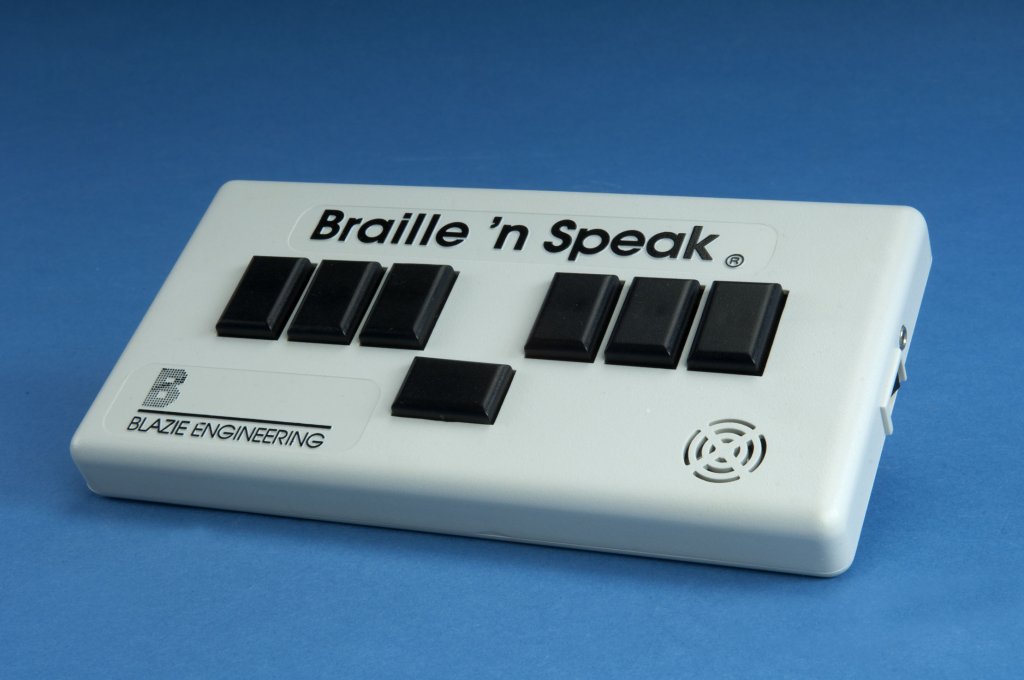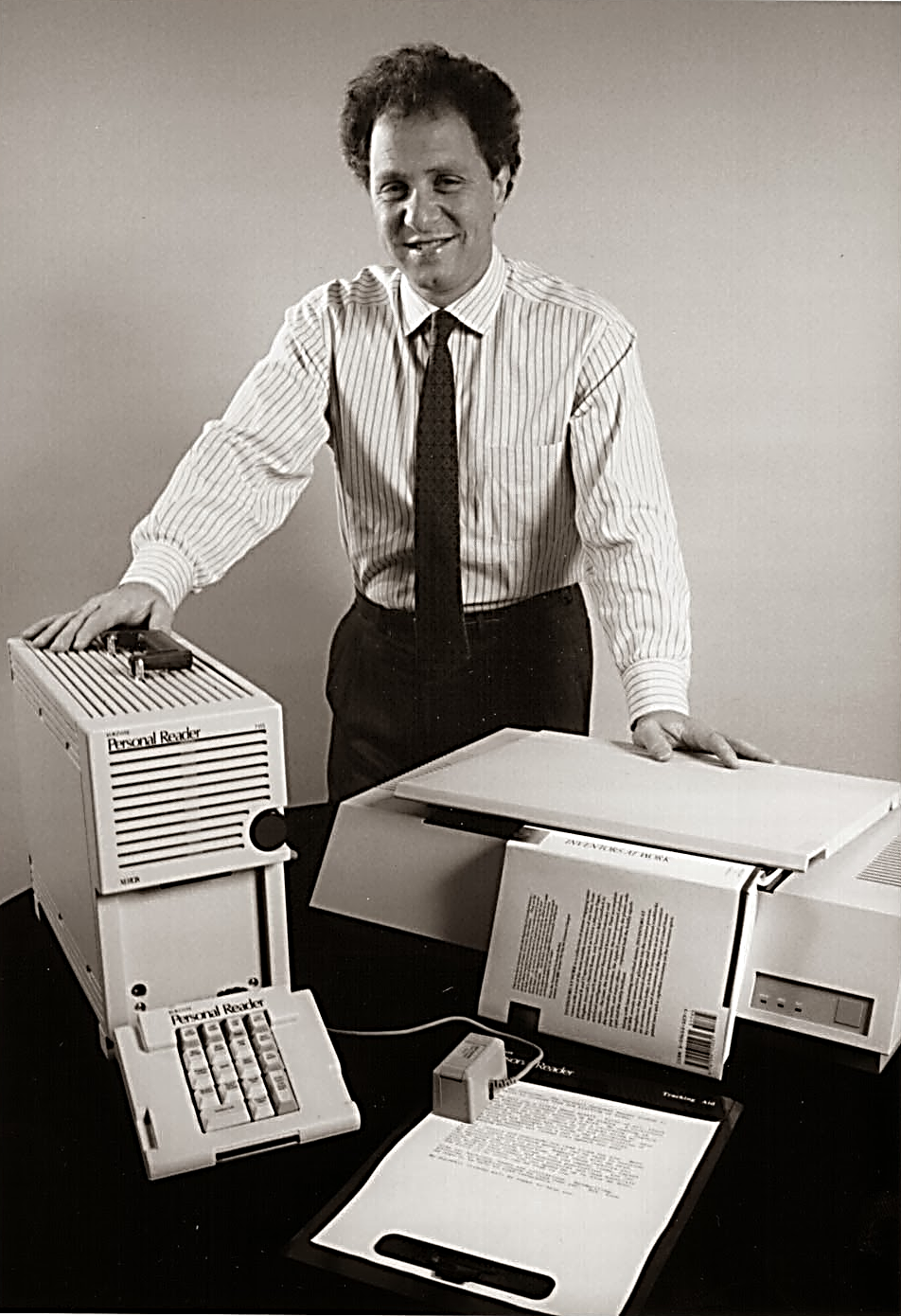World Sight Day falls on Thursday 8th October and, as we prepare to mark the day it brings to mind how far assistive technology has come since Sight and Sound Technology was founded 41 years ago. We have witnessed and been part of the strides made and it has always been our mission to support innovation and to bring you the latest and the best assistive technology.
We asked Mervyn Robertson, one of the founders of Sight and Sound, to take a look back at some of the early developers, whose technologies are still relevant today and working alongside a range of online and mobile apps and products to even greater effect.
Deane Blazie, originally founded Maryland Computer Services and used a HP150 terminal in block mode connected to a mainframe, using navigation by the keyboard with speech output, allowing a blind person access to jobs.

It was here that Ted Henter worked before Maryland Computer Services went out of business and Dean and Ted went their separate ways. Dean set up Blazie Systems, developing Braille displays and note takers and Ted went on to develop JAWS.
Ted lost his sight in an accident while motorcycle racing. He typifies the heights that individuals who are blind can achieve. What else can be said but JAWS?
Ray Kurzweil was a serial entrepreneur whose music synthesiser – the Kurzweil synthesiser – was at the forefront of technology of its day and made Top of the Pops the programme we all loved. Synthesis therefore became the watchword in most things Ray brought about, starting with the Kurzweil Reading Machine (KRM), which brought us a CCD camera, optical character recognition and text to speech!
Just the start of many tools, such as voice recognition, when we vied with Dragon Technology on BBC’s Tomorrows World. Dragon could recognise 100 words, Kurzweil 1000 words and BT could recognise 0 to 9 and ‘enter’. Still more to come from this time forward.

Ben Weiss was founder of AI Squared and screen magnification called ZoomText, which has become the benchmark for magnifying computer screens for the benefit computer users with low vision.
There are other founding fathers of this industry such as Jim Fruchterman (Arkenstone) who developed competing products to Kurzweil and whose products are now within the banner of Freedom Scientific (Open Book, etc.).
Sight And Sound are extremely proud to have been at the forefront with all of these aforementioned!